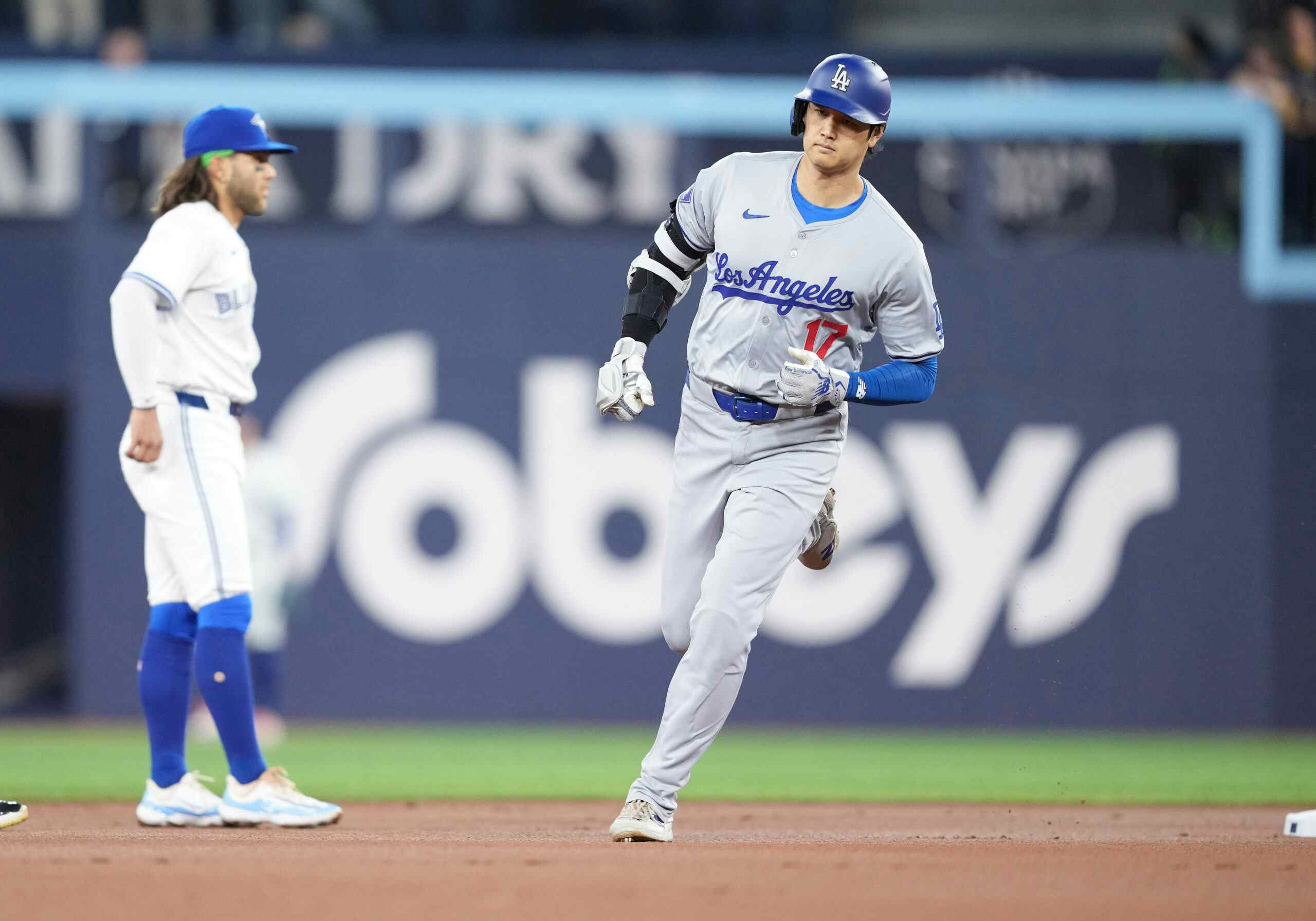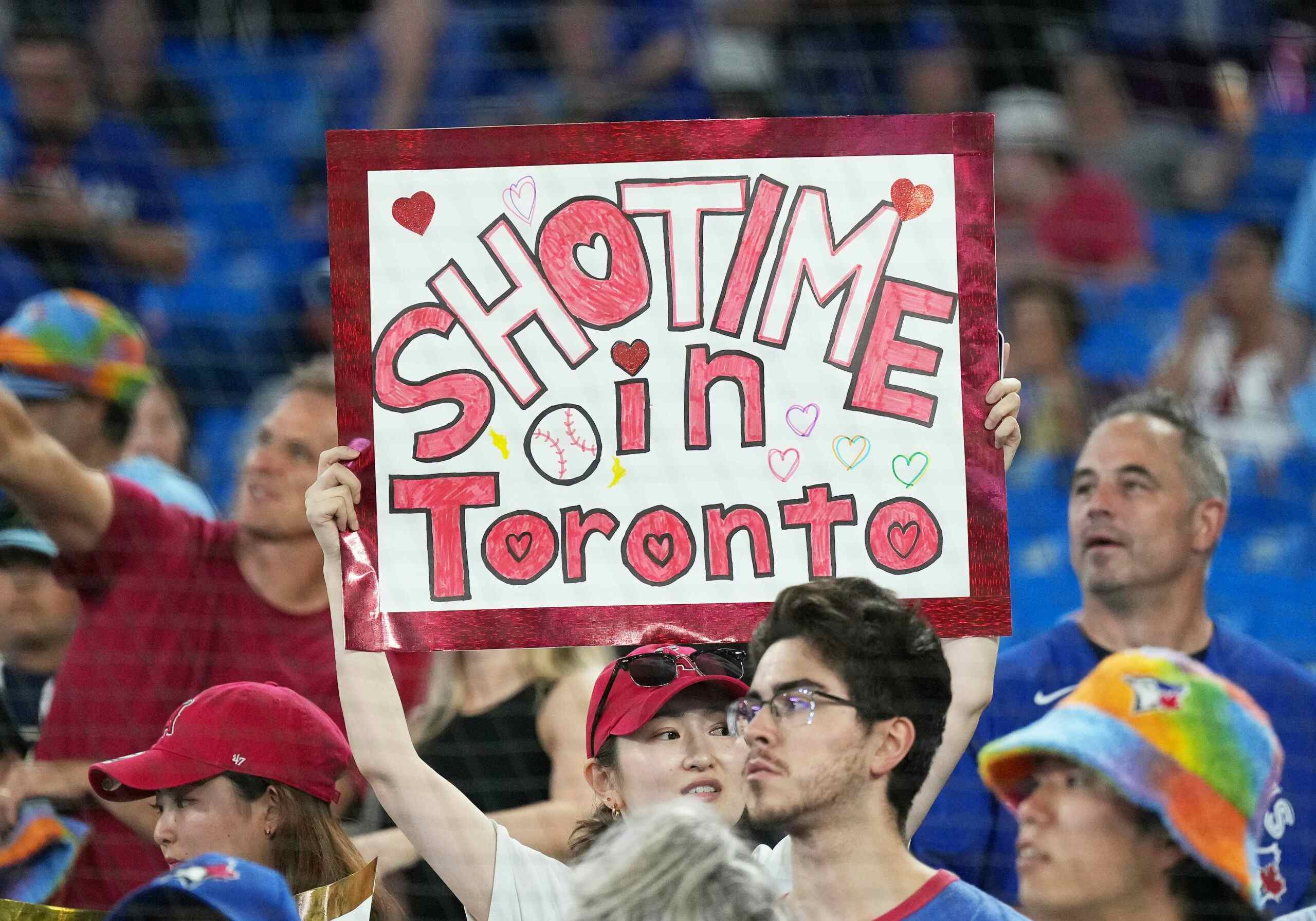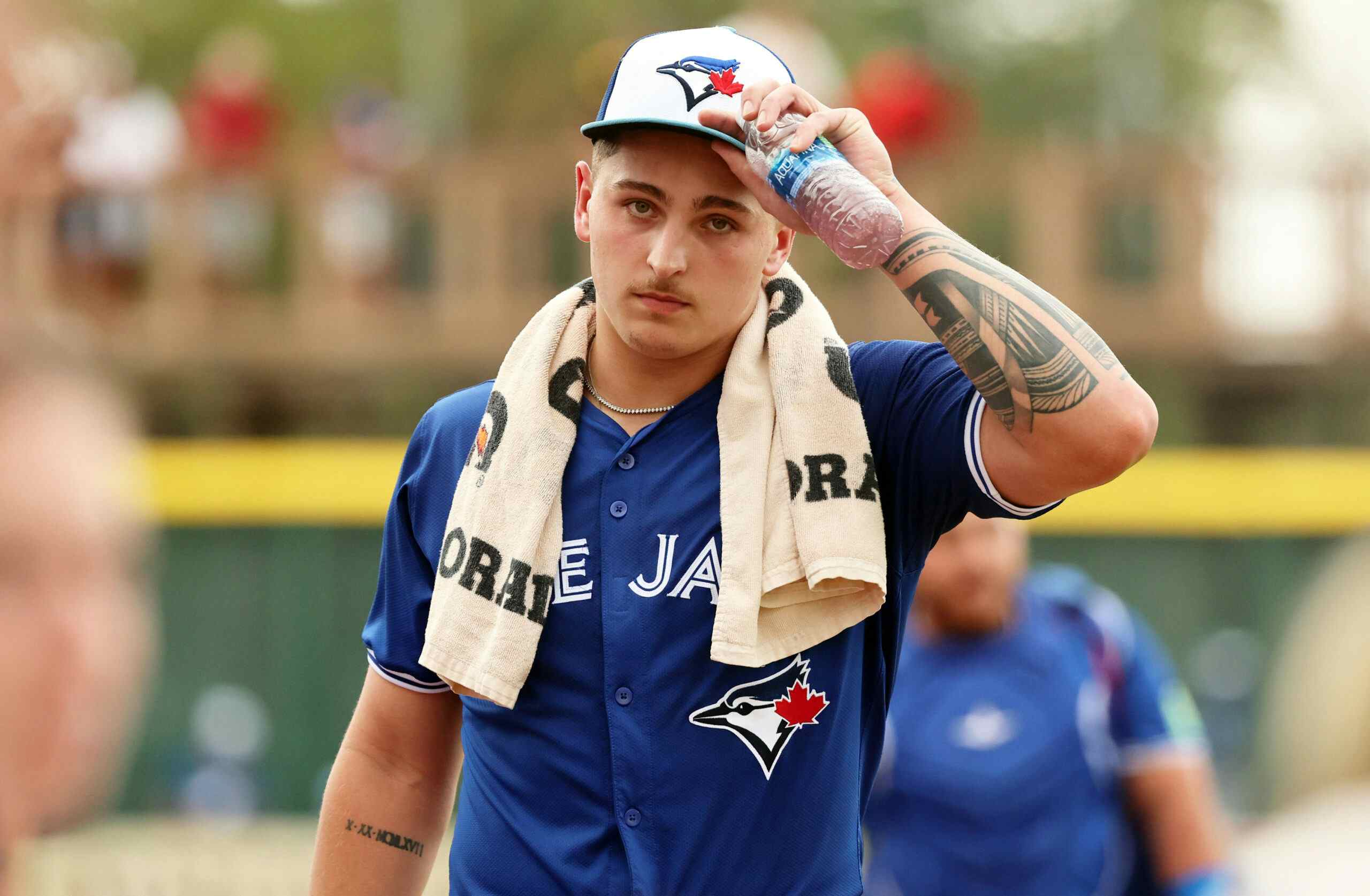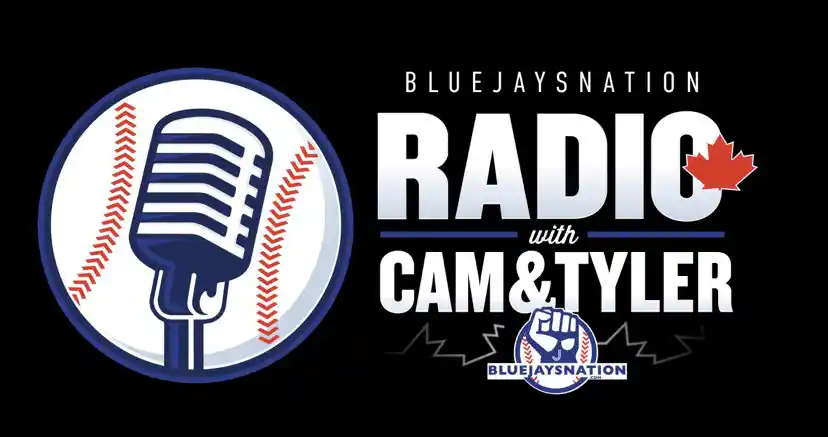Rebuild Counterpoint: Exploring The Third Way
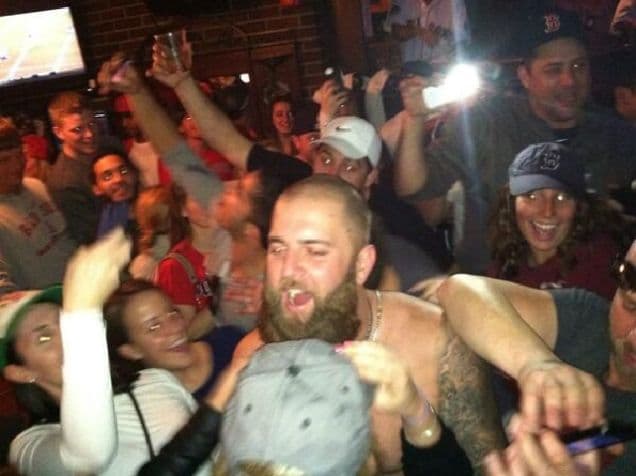
Earlier Cam posted an outstanding piece on what a Blue Jays rebuild might actually look like. He laid out all the pieces that could be used to start the rebuild and, like so many of us are doing in our minds right now (though we’re trying not to admit it publicly), looked at contracts, age, track record, and precedents to figure out what they might be worth. He also considered the younger core of the club and reached the same big question that I’m sure we’ve all reached: where the hell does this organization go from here?
At one point, in considering all this, Cam brought up two key examples from the 2007 playoffs: the Philadelphia Phillies and Mark Shapiro’s own Cleveland Baseball Franchise.
Philadelphia was a little earlier in their championship window at that point. In fact, they were the club that acquired Cliff Lee from Cleveland (for a package including current stud Carlos Carrasco) as Shapiro was selling off his aging players and expiring contracts. The Phillies were competitive for longer, won the World Series, had some great years, but they held on too long. They ended up trading away Lee after acquiring Roy Halladay from the Blue Jays, only to sign Lee back on a big free agent contract a couple years later — the Phillies were fucking nuts! — but not long after that their window shut hard. And even then it took them a good two or three years to actually admit it. They received almost no value from their best assets (Cole Hamels excepted) as they headed toward the long rebuilding process they’re currently mired in, as Cam notes.
Shapiro and Cleveland, largely because of financial constraints (for the decade from 2004 to 2013 the highest payroll Cleveland ran was $81 million; the highest for Philadelphia was $172 million, and their lowest was $89 million), took the other path. They traded away vital players. They embraced the pain, embraced the badness. They felt they had no other choice, because they couldn’t afford to end up like Philadelphia ultimately did, and they probably didn’t really want to anyway.
But there’s another other way — though it’s not really different from where Cam ultimately ended up, to be completely fair (some of the commenters on his piece, on the other hand…). It’s one Drew and I chatted about a little bit on this week’s Birds All Day podcast. It’s the path of the Boston Red Sox.
Now, the Blue Jays are not the Red Sox, even though they damn well should be. The Jays don’t yet have the prospect pipeline. They’ve never flexed the same financial muscle. They, fairly recently in their history, have gone into a season expecting to be bad.
The Red Sox don’t really do that. They’ve been bad, and they’ve used that to their advantage, but never intentionally. At least not from the start of a season. And they have players that are mainstays through thick and… uh… less thick. They’re icons. Guys who wouldn’t be discarded like Manny or Adrian Gonzalez, or traded and then maybe disrespected in free agency, like Jon Lester.
Dustin Pedroia and David Ortiz, until his retirement at the end of last year, have been through it all. Perhaps I’m making too much of this, as I know that there was a point where it looked possible that Ortiz would leave, and part of what makes Pedroia especially worth keeping is a great contract — plus, they’ve both been tremendous players into their twilight-ish years. But these are “their guys,” like Jeter and Posada and Rivera were the Yankees’ “guys” for so long, serving the dual purpose of setting the tone in the room as leaders and teammates and lightning rods, and giving the club a couple foundational players to build around, while the rest of the roster remains quite a bit more fluid.
I’m not saying that these sorts of players are kryptonite to a rebuild, but what I’m saying is that we can already see that there are maybe certain Blue Jays that they’ll want to keep, despite their asset potential (which maybe only exists if you eat a bunch of money on their contracts, but just go with me on this). Guys like Tulo and Martin, for example. Or maybe this is why they were willing to offer Edwin what they did, despite the uncertain future for much of this roster, or why Morales, who comes with a great reputation in addition to what was maybe an undervalued bat, ended up getting three years out of them.
A more Red Sox-like path, then, is a hybrid between what the Phillies did and what Shapiro did in Cleveland. It’s about not blowing up your whole identity and having to start again from scratch.
So… maybe trade Estrada and sign him back in the winter. Trade Bautista. Trade Pearce. Trade any reliever who isn’t Osuna. Trade Liriano and Happ.
Maybe even trade Donaldson.
Sure, it’s possible he’s one of “their guys” and they’d like to keep him around and extend him — that’s totally fine with me! — but the Boston path also shows us that not every trade of a big name player has to be for a boatload of prospects. Example? The Red Sox acquired Yoenis Cespedes from Oakland in exchange for rentals Jon Lester and Jonny Gomes. Less than a year later they flipped him to Detroit to acquire Rick Porcello.
Now, at that point Cespedes wasn’t putting up nearly the numbers he has over the last two seasons, and he’s certainly not the player that Donaldson is, but the point is that maybe a Donaldson trade doesn’t have to be a total franchise reset, either.
Focus on big league-ready talent in that deal, or straight-up big league players. Do the same in the other potential deals. Keep some of what’s here. Maybe give Anthony Alford an earlier look in the Majors than you planned, and definitely Tellez and Pompey. See what you’ve got. There’s Gurriel, too. Greene and Reid-Foley and Jon Harris and Tim Mayza aren’t too far away, in New Hampshire. Same goes for Richard Urena, Reese McGuire, and Harold Ramirez. I’m not saying they’re all going to be ready to see time in the big leagues, or are even necessarily useful big league pieces down the line. But some might be, and among those that are, some might show some readiness to at least help a little bit in 2018.
Plus, if you’re moving Bautista, Donaldson, Estrada, Happ, Liriano, and Pearce — some of whom will be going anyway — that’s $82 million off the books. Money will come back if you’re dealing for actual big league talent, some may end up being retained, and there are guys you’re keeping who will need raises. But however it works out, that’s a lot of money to try to fill in some of the gaps, hit on some free agents, possibly trade for bigger contracts, and see if you can put together a team that just might work.
Again, we look to Boston. This time to 2013.
The 2012 Red Sox had high hopes after falling just short of the playoffs in the great collapse of 2011. However, with Bobby Valentine at the helm, 2012 was an absolutely delightful shit show. That was the year the Red Sox dumped the contracts of Gonzalez, Josh Beckett, and Carl Crawford on the Dodgers, which freed up money for them to fill in the gaps around “their guys”. The off-season heading into 2013 was the one that the Blue Jays “won” with their flashy trades with Miami and the Mets, but it was the Red Sox that ended up winning the World Series, after a winter in which their big moves were the mostly meh signings of Gomes, Ryan Dempster, Koji Uehara, Shane Victorino, Stephen Drew, and Mike Napoli. (They also added some shitbag manager.)
Had the Red Sox flopped in 2013, a whole bunch of those guys could have been flipped for even more minor league talent, even more payroll space, and an even better foundation from which to build for the next year. But it turns out those dickheads were actually good!
That success is not something it would be easy for the 2018 Blue Jays to emulate (though the GM of that team is, of course, now in the Jays organization in the form of Ben Cherington), but that kind of hedge — try to still be good in the near term, but set yourself up to keep building for the long-term if you’re not — checks a looooot more boxes for the fans, for the front office, for the players, for Rogers, and for Sportsnet than either doubling down on these aging players or completely blowing everything apart (which you’ll have to do eventually anyway if you’re doubling down on these aging players).
I’ve heard people acting like Shapiro and Ross Atkins must be absolutely champing at the bit to deal away as much as they can and get their greasy hands on all those sweet prospects we know that in their hearts they’re supposed to love more than anything in the world. This is, of course, insanity.
Shapiro surely knows he was lucky to last as long as he did in Cleveland, and that he can’t expect to have the same kind of job security here. Which isn’t to say that their jobs are in anything close to jeopardy now, or next year, or probably even the year after that. But a full-on momentum-deadening rebuild will cost them massive amounts of political capital, and will make things much dicier for them down the line. That’s not a reason to avoid it, in and of itself, but continuing to build while also continuing to try to be good will put the front office in much better stead once the talent from the farm really does start knocking at the door.
It will frustrate the fans who want to go all-in all the time, and it will provoke dullards into whining about unceasing mediocrity, but to me, if 2017 goes the way we’re almost already resigned to it going, this is the path. (And, honestly, if you look at how the Jays approached 2017, you might even say it’s the path they’re already on.)
Recent articles from Andrew Stoeten


